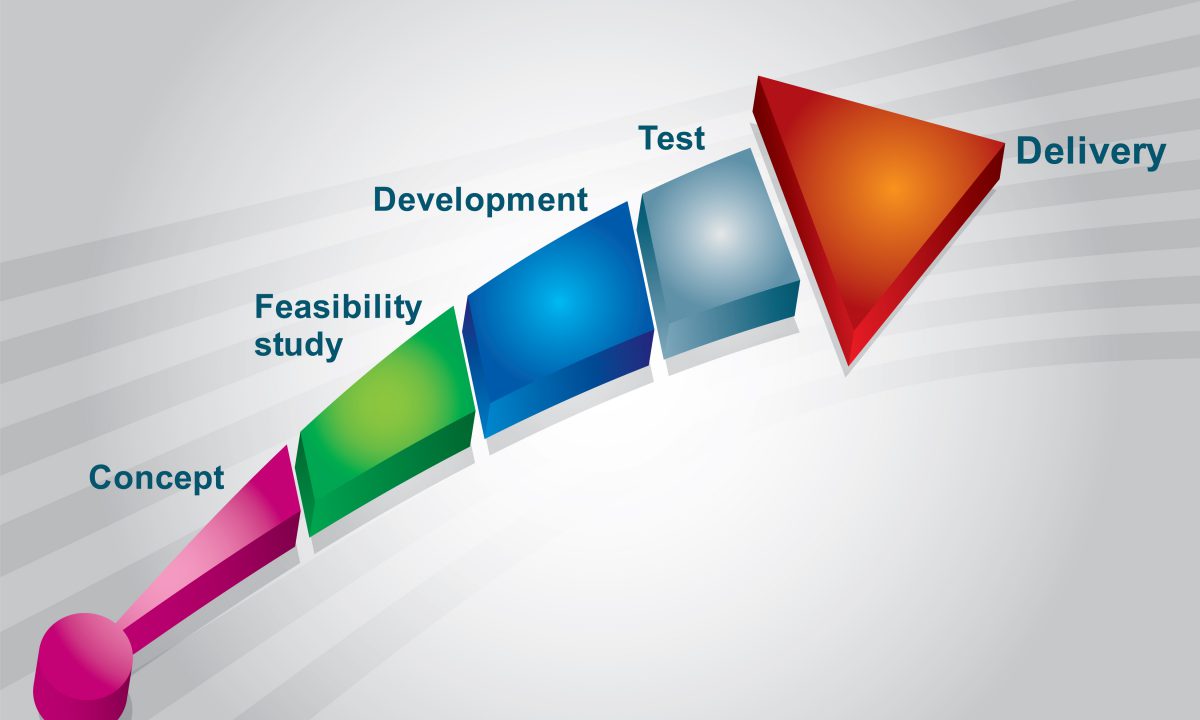
What are EMC Record-Keeping Standards
If you make electronic or electrical products then you are obliged to ensure that they are EMC compliant.
The electromagnetic compatibility regulatory arrangements determine the standards that products must meet, and also layout how products should be labelled, as well as the records that must be kept.
The rules can be confusing, but there is clear guidance for how companies should manage their products and their records to ensure that they are not only operating in compliance with the standards but that they can demonstrate that they are compliant if they are called upon to do so.
The EMC record-keeping requirements exist to ensure that buyers, both domestic and commercial, know what they are getting, that it is safe and meets the EMC standards. The records should:
Accurately identify the product
Indicate the standards that the product complies with
Confirm that, to the manufacturer’s knowledge, all equivalent products comply with that standard
The type of compliance records that should be used depends on the type of device.
Very low-risk devices do not need to be labelled, but most devices should have a Declaration of Conformity on them so that it is easy to see that they do indeed meet the standards.
Other required records include:
A description of the product that has been tested
A copy of the agreement between the supplier and the agent
Test reports which confirm that the product, as supplied, complies with the EMC standard in question
Technical information
Written statements explaining any issues, e.g. if a product cannot be labelled there should be an explanation as to why
There are a number of templates that can help companies with these records.
For example, form CO2 is a template for a DoC which serves as a good base for those who are not sure what to include in their declaration and provides clear examples[3].
Any information about the product must be clear and state the exact model number of the product.
For devices that have software or firmware which may affect their functioning, it is important that you provide information about the version number of the software/firmware that was tested.
If any changes are made to the software or firmware which might alter the device’s compliance with the EMC standards then that new version must be tested so that the device can continue to be marked as compliant.
Devices are divided into the categories of low risk, medium risk and high risk. The requirements become more stringent as the risk factor becomes higher.
Low-risk devices simply need a description and, where possible, a label.
The regulators appreciate that not all products are easy to label, but very low-risk devices do not always need it.
For medium-risk devices, the manufacturer is required to obtain a copy of a test report which confirms that the device is compliant.
High-risk devices have the most stringent requirements.
Manufacturers must have their device tested by an accredited testing agency, and obtain a properly accredited report, or a technical construction file.
Manufacturers are required to be able to submit copies of their compliance information within ten days after it is requested in an inspection.
If it is decided that the documentation provided is not sufficient to prove conformity, then the manufacturer may be asked to submit a device for separate testing at an accredited laboratory.
This is unlikely to be requested for lower-risk devices, but it is something that the manufacturer should be prepared to do, just in case the ACMA decides that it is necessary for one of their devices.
If you would like to know more about the EMC standards and product testing or need EMC testing done, then look no further than Compliance Engineering.
We are the definitive source for all of your Electromagnetic Compatibility (EMC) requirements.
Please call us today on + 61 3 9763 3079 or our online form
Sources
[2] https://www.acma.gov.au/Industry/Suppliers/Regulatory-arrangements/EMC-Electromagnetic-compatibility/emc-record-keeping-requirements[3] https://www.acma.gov.au/-/media/Technical-Regulation-Development/Form/Word-Document/C02–Suppliers-declaration-of-conformity-Final-100215-doc.doc?la=en
